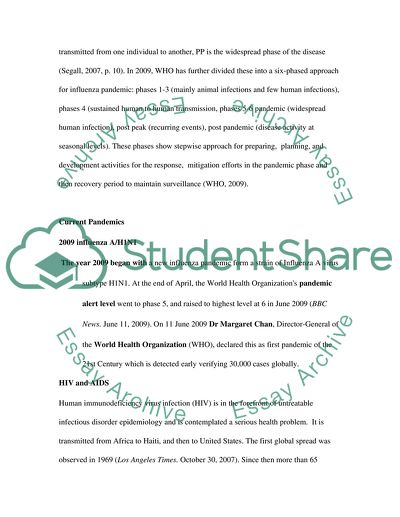Cite this document
(Preparation, Control and Prevention of Pandemics Term Paper, n.d.)
Preparation, Control and Prevention of Pandemics Term Paper. Retrieved from https://studentshare.org/health-sciences-medicine/1729174-pandemics
Preparation, Control and Prevention of Pandemics Term Paper. Retrieved from https://studentshare.org/health-sciences-medicine/1729174-pandemics
(Preparation, Control and Prevention of Pandemics Term Paper)
Preparation, Control and Prevention of Pandemics Term Paper. https://studentshare.org/health-sciences-medicine/1729174-pandemics.
Preparation, Control and Prevention of Pandemics Term Paper. https://studentshare.org/health-sciences-medicine/1729174-pandemics.
“Preparation, Control and Prevention of Pandemics Term Paper”, n.d. https://studentshare.org/health-sciences-medicine/1729174-pandemics.


